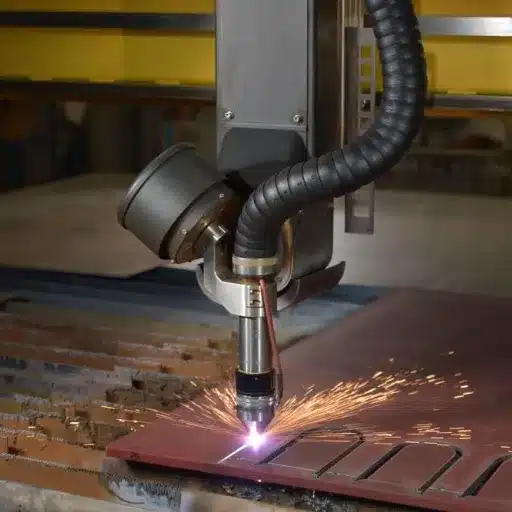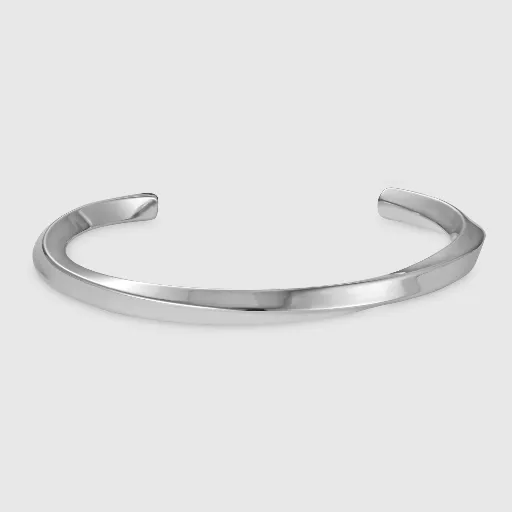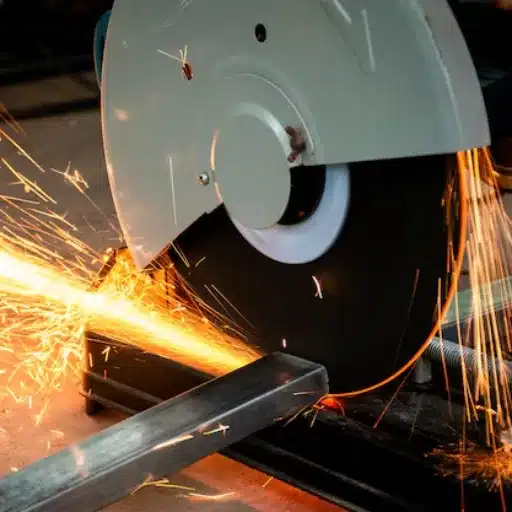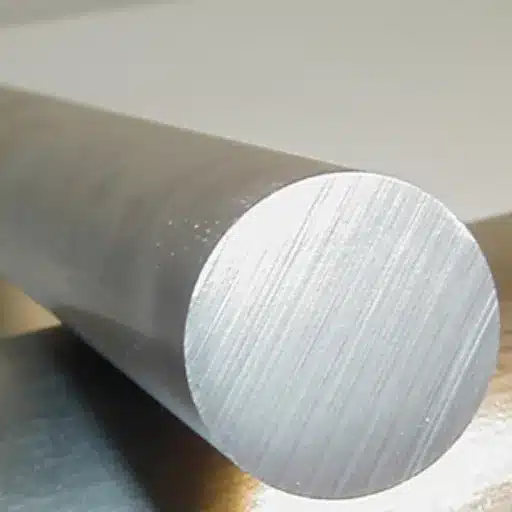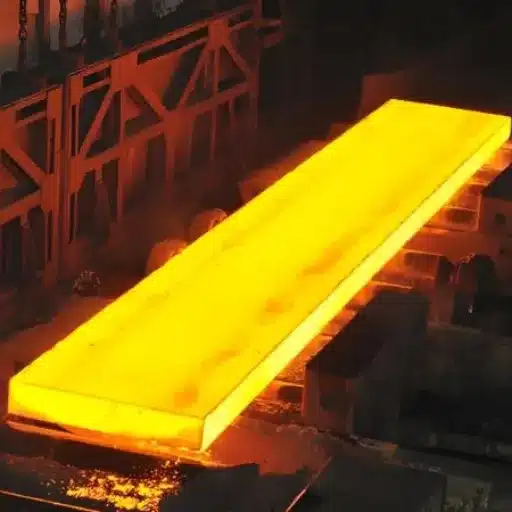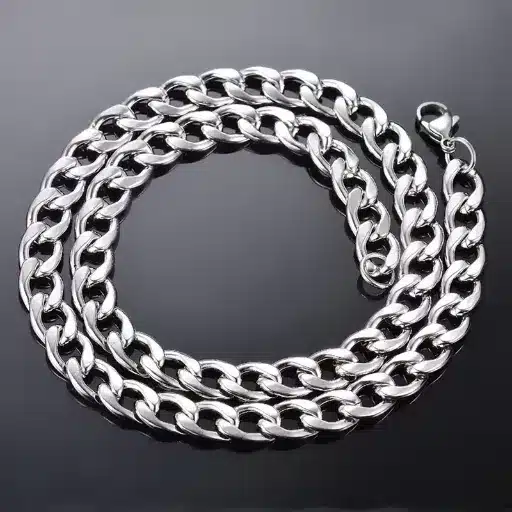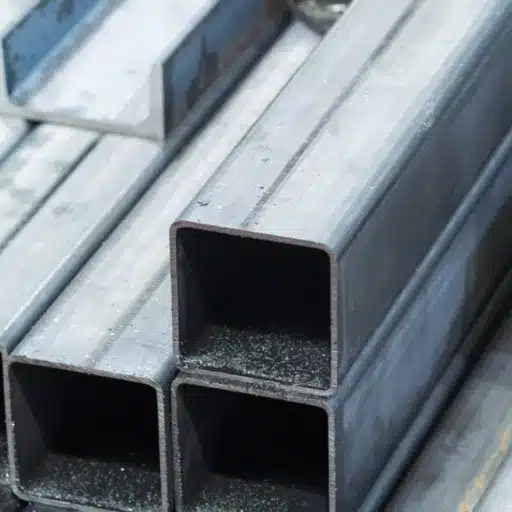Stainless steel is known for its hardness and ability to withstand different factors such as moisture and chemicals, but at the same time, it is a widely used material in almost every sector from construction to kitchen utensils. Nevertheless, its toughness can cause problems with cutting unless the right tools and techniques are employed. In this article, the best practices of cutting stainless steel will be discussed starting from the simplest ways to using the machinery. If you are in need of help for a home improvement or have an industrial job to do, then this paper will give you the necessary practical experience and the right tips for making cuts that are clean and accurate without losing the material’s quality.
Introduction to Stainless Steel Cutting
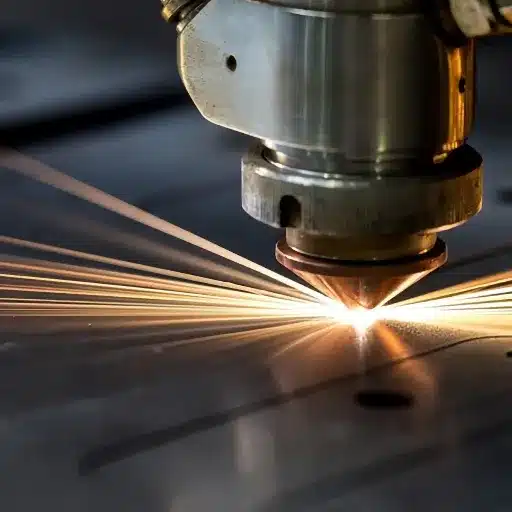
Expert Insight: When it comes to cutting stainless steel, it demands both skill and proper tools. Personally, I think using angle grinders, circular saws with metal-cutting blades, or plasma cutters are the best options, based on the project’s scale and complexity.
Importance of Cutting Stainless Steel
Accurate and efficient cutting of stainless steel is a necessary process in its application across various industries. The quality of the cut determines the reliability, functionality, and outer appearance of the product in case the parts are used in industrial construction, automotive, or even medical instruments.
The cutting methods that are most frequently used include laser cutting, plasma cutting, waterjet cutting, and mechanical sawing. According to industry reports, among the various methods, laser cutting has surpassed the others owing to its precision and the clean edges it produces which makes it suitable for elaborate designs. An example is the precision that laser cutters can attain, which can be as tight as ±0.1 mm, and this means a significant reduction in the requirement for secondary finishing processes. Furthermore, energy-efficient fiber laser technology is winning over more users and it can accomplish the cutting of thin stainless steel sheets at speeds of up to 20 meters per minute.
Overview of Cutting Methods
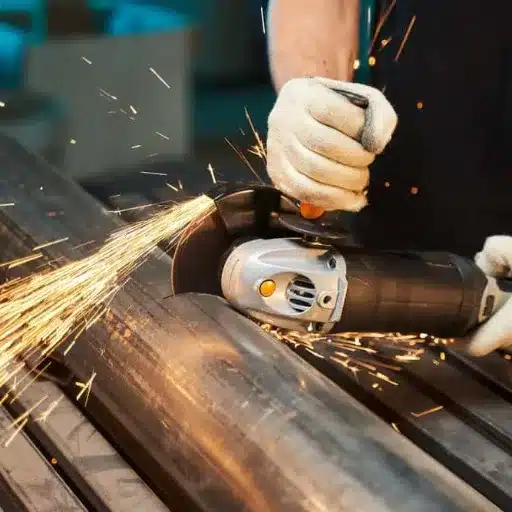
1. Laser Cutting
Laser cutting is among the most accurate methods to date. A focused laser beam is the cutting tool leaves no doubts about the exactness of the cut and the cleanliness of the cut edges. This global laser cutting market is estimated to be valued at $6.6 billion by 2026, which will be mainly due to its efficiency and ability to create complex designs with little to no waste. Laser cutting is in high demand in the aerospace, electronics, and automotive industries because of its speed and precision.
2. Plasma Cutting
Plasma cutting is gassing cutting by making gas conduct and blow it to very high speed thus cutting metal. This method can be used for stainless steel that is thick and also its high cutting speed means increased productivity. Newer systems are more energy-efficient and have brought down plasma cutting costs significantly while maintaining quality.
3. Waterjet Cutting
Waterjet cutting cuts materials using a jet of water at a very high pressure and sometimes with abrasives mixed with it. This method has no heat effect; thus, it is very good for applications that need very accurate cuts and for materials that can’t withstand heat, like food-grade stainless steel. The waterjet cutting market is predicted to rise at a CAGR of 4.5% by 2028, backed by the rising demand from the construction and marine engineering industries.
Techniques for Cutting Stainless Steel
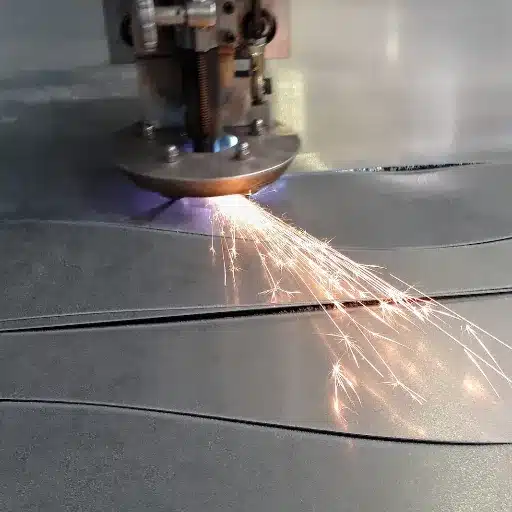
Top Recommendation: My top choice for an efficient method of cutting stainless steel is waterjet cutting. It is very accurate, does not cause thermal distortion, and allows to cut even very delicate or heat-sensitive materials which makes it suitable for a wide range of applications.
Plasma Cutting Explained
Plasma cutting is one of the most powerful and adaptable ways of cutting stainless steel and other conductive metals. It is the case that a plasma, which is a superheated, ionized gas, is created, and the electrical arc is directed through it to melt the metal. The hot plasma stream at a high velocity is at the same time used to remove the molten material out of the way, resulting in a straight and clean cut. Because of its quickness, precision, and capacity to cut through thick materials, this method is extensively utilized in sectors like automobile, aerospace, and construction.
Plasma cutting systems today have made remarkable progress, one of which is incorporating CNC (Computer Numerical Control) technology for better accuracy and automation. Cutting speeds of up to 500 inches per minute (12,700 mm/min) on thin materials are reported for CNC plasma cutters, resulting in a significant increase in productivity. Furthermore, the latest energy-efficient plasma systems have cut down not only the operational costs but also the emissions. The thickness limit, which is 50 mm or even more depending on the equipment for plasma cutting, can be a very good feature for heavy-duty applications. Some of them have dual-gas or multi-gas options to maximize cutting performance for different materials.
Using Circular Saws for Stainless Steel
Circular saws are yet another powerful tool that can perform stainless steel cutting, providing very precise and smooth cuts when the right blades are used. The main difference between plasma cutting and circular saws is that the latter employs mechanical force, either with toothed or abrasive blades, to penetrate the material. This method, due to its working principle, is less suitable for large surface areas of steel than for smaller ones and for projects where high control is needed.
For stainless steel circular saw blade selection carbide-tipped blades are the most recommended owing to their longevity and the fact that they can withstand the material’s hardness. Speed is another important factor; the majority of professionals would recommend running at a slower speed to generate less heat, which would be the reason for the steel and the blade’s lifespan being compromised. The internet suggests that using a blade that has at least 60 teeth for fine cuts will result in minimal flash and less cleaning after cutting has been done.
Comparative Analysis of Cutting Tools
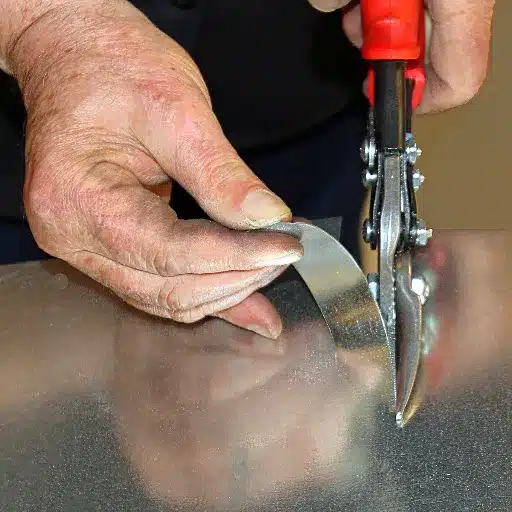
Expert Choice: My first choice for the cutting tool for stainless steel would undoubtedly be a circular saw with a carbide-tipped blade. This tool guarantees a professional output without the drawbacks of burrs at the seam and enables the operator to develop the workpiece at a faster pace.
Diamond Saw Blades vs. Cermet Blades
The comparison of diamond saw blades with cermet blades has to take into account durability, efficiency, and application range among others. The diamond saw blades are the result of fusing the diamond particles to the cutting edge, which makes them suitable for cutting hard and abrasive materials like concrete, masonry, and stone. Their extreme hardness gives them the capability to provide precision and longevity in tough applications. The latest advancements in diamond saw blades have resulted in increased cutting efficiency, with some saws even claiming to have a 20–30% increase in lifetime compared with traditional ones.
As opposed to this, the cermet saw blades-they consist of a mixture of ceramic and metallic substances- are built mainly for cutting metals. These saws are the best when it comes to producing clean and burr-free cuts in such metals as stainless steel, aluminum, and other non-ferrous ones. Recent statistics from the industry comparison show that the life span of the cermet saw blades may be up to 10 times longer than that of the carbide-tipped blades when both are used for cutting metal. Their cutting virtually does not generate heat and this minimization of thermal shifts results in a more accurate and uniform outcome.
Choosing the Right Saw Blade for Stainless Steel
Cermet Blades
In the case of metals, for which they are specially designed and therefore are professional cuts, the cermet blades are the best choice for people using stainless steel because of their heat-resistance and tough nature. The cermet blades, which consist of ceramic and metallic substances, are extremely durable and last long. They do not lose their cutting edge as fast as standard carbide blades do and they also produce cleaner cuts with almost no burrs at all. Their resistance to heat also protects the material from discoloration or warping during long use.
Carbide-Tipped Blades
Suitable for a range of applications, carbide-tipped blades are a great overall combination of performance and cost. Stainless steel can be done with them, but they will wear out quickly if used on thick or industrial-grade materials all the time. However, if used correctly, they will produce sharp, smooth cuts and will be good for DIY enthusiasts or occasional metalwork jobs.
Best Practices for Cutting Stainless Steel
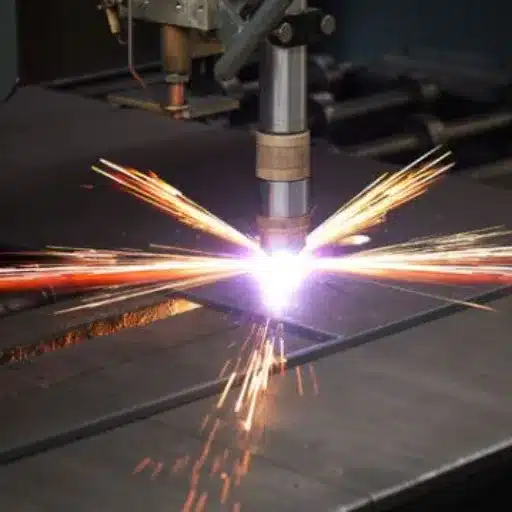
Professional Tip: To cut stainless steel, I always make sure to select the correct blade, either carbide-tipped or diamond blades, based on the material’s thickness and usage frequency. I take safety precautions on my part and wear the proper protective gear, and then make controlled, accurate cuts so that the final results are really nice without causing any harm to the material.
Using the Right Cutting Discs
- Material Composition:
The cutting discs to choose must be made without iron, sulfur, and chlorine. These materials can achieve contamination of the steel, which may lead to rust and corrosion after a while.
- Disc Thickness:
It is a good practice to use very thin cutting discs, of about 1.0mm to 1.2mm, for precision cutting. Thinner discs produce less heat, can deform less, and cut more cleanly while also reducing loss of material.
- Grinding Speed:
The angle grinder’s rotational speed (RPM) must be the same as that of the cutting disc. For instance, a 125mm (5″) cutting disc usually allows speeds of up to 12,200 RPM, which gives fast cutting without sacrificing safety or performance.
Safety Tips for Metal Cutting
- ⚠️ Wear Proper Protective Equipment (PPE):
Besides safety goggles, also a face shield is a must to prevent eyes from being affected by flying debris in the area. OSHA research shows that 90% of eye injuries in metalworking could have been avoided by simply using proper eye protection. Moreover, gloves, ear protection, and fire-resistant clothing should be provided in order to reduce the risks of contact injuries, hearing loss due to noise, and burns respectively.
- ⚠️ Choose the Right Cutting Disc:
It’s not just important to use, say, the material-specific for the best possible performance, but also and especially to select those discs designed for the material being cut. Studies have revealed that using material-specific discs lowers risk that they might wear out and fail and that, subsequently, the risk is reduced by 15%.
- ⚠️ Inspect Cutting Discs Regularly:
Look over discs to see if there are any cracks, chips, or warping before you use them. Sometimes, breakage occurs because damaged discs are being used. The industry claims that up to 10% of injuries suffered in metal cutting operations are due to defective or improperly maintained machines.
Challenges Common to the Cutting Process of Stainless Steel
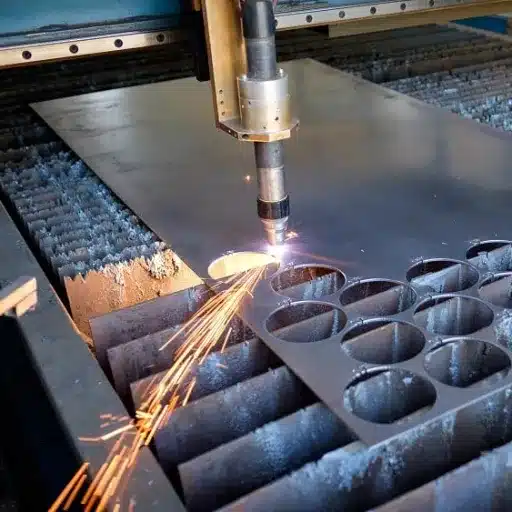
Common Challenge: I usually face the challenges of hard material cutting during the process of cutting stainless steel which gives rise to wear of the tool and the slow down of the operation. Besides that, stainless steel also has the property of producing heat, and that being the case, if the heat is not properly controlled, the cutting might result in warping or the cutting tools getting damaged.
Heat and Distortion Management
To mention one of the main challenges cutting the stainless steel brings, it is heat handling which can cause distortion and other unwanted consequences. Excessive heat is capable of causing the malleability of the steel, so it will become soft and lose its strength and end up having inaccuracies in dimension. Heat, as one of the properties of the metal, will not be transported away as fast as with others, hence the concentration of high temperature in one spot. This eventually will be making the area of distortion bigger.
In order to deal with the issues of heat and irregularities in the metal, the cutting techniques and tools being used are very crucial. For example, the use of the plasma cutter or laser cutting system which is very accurate and has the right speed can make the heat-affected zone (HAZ) considerably small. Research shows that with cutting speeds of between 50 and 80 inches per minute, depending on the thickness of the stainless steel, using these tools would result in very little heat being produced.
Making Cuts That Are Clean and Free of Burrs
The challenge of cutting stainless steel burr-free and getting it absolutely smooth is one of the leading purposes of modern metalworking. When the last product has been made, burrs that are difficult to see may affect its quality, function, and look. But burrs can be eliminated or their formation greatly reduced if old cutting methods are completely replaced by advanced cutting ones and combining cutting with optimized operational techniques.
Modern CNC machines, especially laser beams, at times, prove to be the great facilitators of the whole procedure. For example, CNC laser beam cutters containing fiber lasers attain a great deal of accuracy and have a low probability of causing burrs because of their energy output being focused and consistently applied. It has been found that these systems can decrease burr height by up to 70 % when compared to conventional plasma or manual cutting techniques. Furthermore, use of high-pressure nitrogen as an assist gas during the laser cutting process not only prevents oxidation but also makes the edges smoother with no irregularities.
Reference Sources
-
LinkedIn Article: “Stainless Steel Cutting Machine Market Spectrum”
This article discusses the growth and applications of stainless steel cutting machines, highlighting their importance in various industries.
Source Link -
Verified Market Reports: “Stainless Steel Cutting Machine Market Size, Research”
This report provides insights into the increasing demand for stainless steel cutting in industries like automotive, construction, and manufacturing.
Source Link -
XT Fiber Laser: “5 Things You Need to Know About Stainless Steel Laser Cutting”
This article explains the advantages of laser cutting for stainless steel, including its high speed and precision, making it a preferred method for many processors.
Source Link
Frequently Asked Questions (FAQs)
❓ What is the method of selecting a cutting blade to cut stainless steel?
Taking into account the stainless steel type, like 304 or 316 grades, is the first step in the selection of the cutting blade to cut stainless steel. Blades that have been explicitly designed for stainless steel cutting, such as a diamond knockout blade or a carbide saw blade, should be sought. The desired tooth count and speed, for instance, the use of a 66 tooth blade to achieve finer cuts, are key to obtaining a smooth surface.
❓ Does it work if a grinder with a cutting disc is used for stainless steel?
A grinder with a cutting disc can cut stainless steel indeed. But, stainless steel, hardness, and difficulty for cutting must be taken into consideration to choose the right grinding wheel or cutting wheel so that no overheating and work hardening occurs. A low rpm for the grinder will result in better control and cut quality.
❓ What are the pros and cons of the plasma cutter?
For stainless steel cutting, a plasma cutter is an option, and the pros are numerous; among them, speed and precision are important. It works on a variety of metals with different thicknesses cutting them at a fast rate just like iron and mild steel. Furthermore, the use of plasma cutting entails the generation of very little, if any, dross and slag, hence the cut is clean, and post-processing work is minimized.
❓ What are the recommended tools for cutting sheet metal?
Snip shears, rotary tools, and metal circular saws are some of the tools that can be used pretty effectively for cutting sheet metal. Also, using a table saw blade for straight cuts on thin sheets can be a good method. For accurate cutting, using a dremel with the proper cutting blade can give a creative design the accuracy needed.
❓ What is the impact of blade speed on the cutting process of stainless steel?
The impact of blade speed on the stainless steel cutting process is massive. The higher the speed, the more overheated and rough the cut; conversely, the lower the speed, the better the control and the smoother the surface. Performance in respect to the specific material being cut would depend on the cut settings and blade type selection.
Ready to Start Your Stainless Steel Cutting Project?
With the right tools, techniques, and safety precautions, cutting stainless steel can be precise, efficient, and safe. Apply these best practices to achieve professional results every time.

